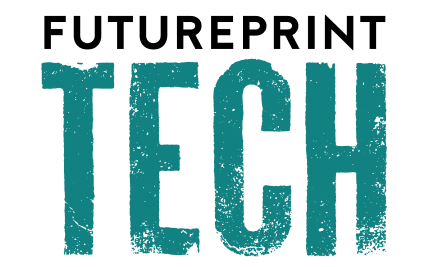Precision and Efficiency: Advanced Addressability in IST INTECH's UV LED Curing Systems
Last week FuturePrint had the pleasure of conducting a Q&A with Neil Stickland, Strategic Marketing Leader at IST INTECH, on Advanced Addressability in UV LED Curing Systems.
In a nutshell, what exactly is the concept of 'addressability' in LED UV curing in industrial applications?
Addressability in the context of LED UV curing systems refers to the sophisticated control of individual LEDs or designated groups within an LED array, facilitated through advanced electronics and software algorithms. This allows for highly targeted activation of LEDs. The key advantage is its precision - by selectively illuminating specific zones, it ensures optimal energy distribution and precise curing, tailored to the shape of various materials. This approach not only elevates precision in complex patterns or specific areas for example, but also substantially increases efficiency. It reduces overall energy consumption by avoiding unnecessary exposure and accelerates processing speeds, which significantly elevates throughput rates in manufacturing environments.
You have touched on advantages, but are there any more specific advantages addressability brings?
There are huge amounts of advantages of addressability in LED UV curing. Primarily, it introduces unparalleled flexibility in curing processes, allowing for intricate customisation to suit diverse industrial applications - from micro-scale electronics to large-scale coatings. The selective exposure capability minimises energy wastage, translating into cost efficiencies and a reduced environmental impact. This targeted approach reduces cycle times, increasing the overall productivity. But I think one of its greatest advantages is the higher degree of process control and uniformity in curing, contributing to an end product that is of a higher quality and consistency.
You mentioned energy savings, how does this translate into tangible results?
It is a game-changer in terms of energy conservation. By enabling precise control over which LED segments are activated means that only the necessary areas receive UV exposure. This approach means there is no actual need to expose the whole substrate. As a result, this not only ensures substantial cost savings due to lower power usage but also aligns with sustainable manufacturing practices by reducing the carbon footprint associated with the curing process.
You also mentioned reduced cycle times in manufacturing processes. Can you explain this further?
As mentioned above, by only curing certain areas, means you do not need to expose the whole area of the substrate. This essentially means that you can treat or cure multiple different materials or parts at the same time using the same equipment setup.
How does addressability in LED UV curing contribute to consistent quality control and minimise defect rates?
By enabling us to exactly control the curing intensity and area, we can make sure that we maintain a uniform exposure across different batches. This reduces the likelihood of defects such as under-curing or over-curing, which can compromise product quality. Our software also allows us to fine-tune any curing parameters, which again gives us more flexibility to adapt to each different product.
Ok, so what is it exactly that makes IST INTECH’s LED curing systems so special and sets you apart?
LED curing systems are only as good as each of the technological elements coupled with customer collaboration. The technological elements include sophisticated systems and intricate LED driver electronics, giving us a granular control over individual LED segments. IST INTECH’s advanced software algorithms play a crucial role here too. I won’t go into too much detail here, but our systems allow for precise programming and adjustment of curing parameters like intensity, duration, and spatial distribution. This also allows for the benefits of reduced heat. Too much heat into the substrate can cause potential process issues, such as reducing the strength of the media or warping the product. Less heat is equal to less distortion or loss of strength. Collectively this all enables a high degree of customisation and adaptability, making these systems versatile across a wide range of industrial applications, from precision manufacturing to large-scale industrial coatings. Additionally, one of the main benefits our customers use is the ability to react to the edges of the product, and hence reduce stray light. Stray light can cause problems with curing on printheads or flexo rollers. Bearing all this in mind, our focus on addressability, coupled with our dedication to customer collaboration, means curing processes that often exceed our customers' expectations. This close partnership with our clients throughout the development and implementation phases means we deliver solutions that are precisely aligned with their operational needs and timeline.
To find out more please visit IST INTECH

